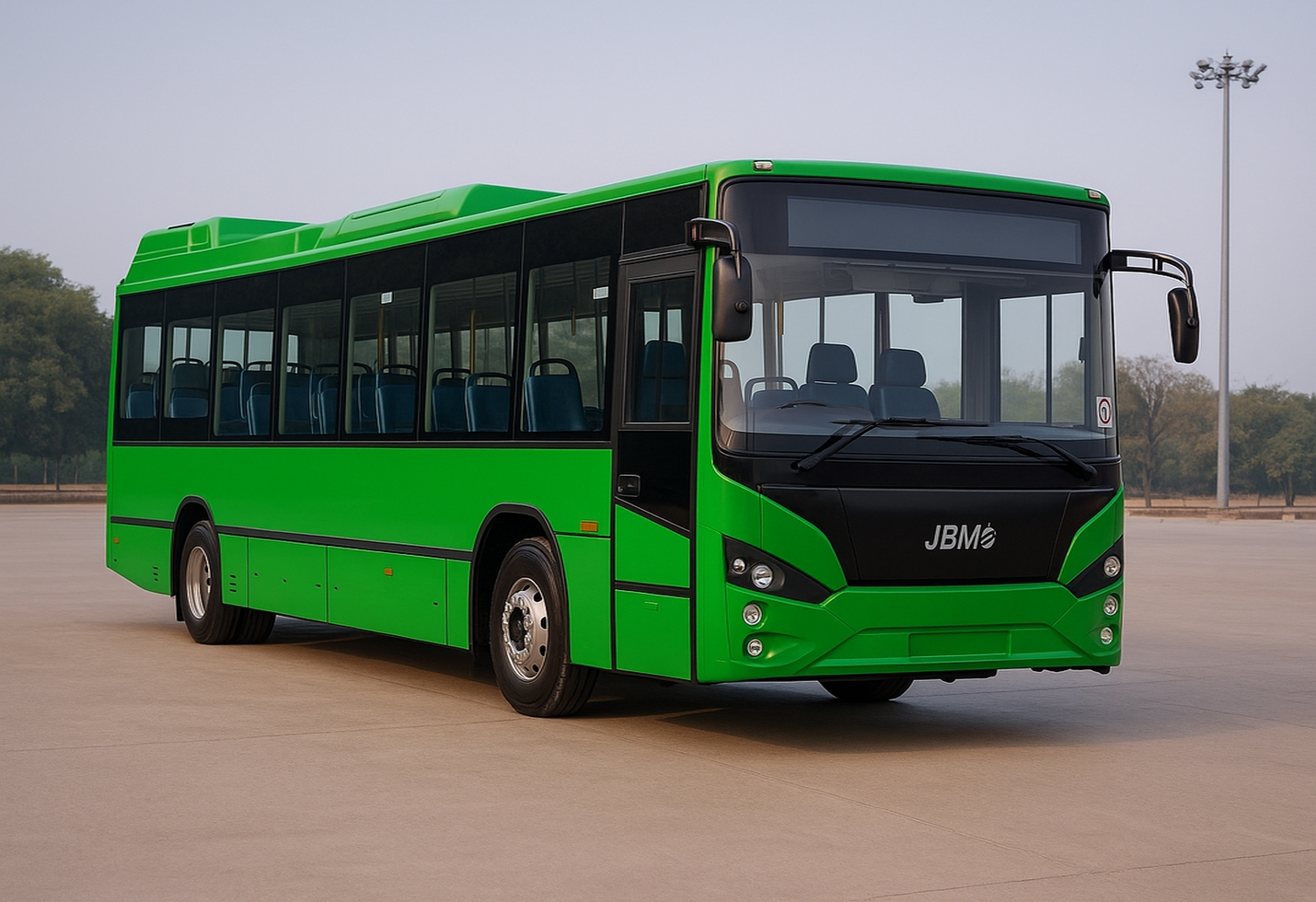Tata Motors Q2 FY26: Sales Momentum in CVs (94,681 units, +12%), Revenue Growth Modest, Profitability Under Pressure
Tata Motors’ Commercial Vehicles (CV) business showed healthy volume momentum — 94,681 units, up 12% year-on-year — while revenue growth was modest and overall profitability at group/PV levels remained under pressure due to one-off items and underlying losses in passenger vehicles.
*Key numbers at a glance*
* CV volumes: 94,681 units, +12% YoY.
* CV revenue: ₹18.4K crore, +6.6% YoY (reported as ₹18.4K Cr).
* CV EBITDA margin: 12.2%, +150 bps YoY.
* CV EBIT margin: 9.8%, +200 bps YoY.
* CV PBT (bei): ₹1.7K crore for the quarter.
Note: Group/Passenger Vehicles (PV) reported significant one-time notional gains which distort headline profitability for the quarter.
*What influenced the results this quarter*
* Volume strength in CVs: The CV business delivered nearly 95k units, a healthy 12% jump. This shows underlying demand strength in commercial transport and logistics. Higher volumes helped spread fixed costs and improved margins.
* Modest revenue growth: CV revenue grew by ~6.6% to about ₹18.4K crore. Volume gains were partly offset by product mix and realization changes, so top-line expansion was smaller than volume growth.
* Margin improvement in CVs: EBITDA margin rose to 12.2% (+150 bps) and EBIT margin to 9.8% (+200 bps). Management attributes this to higher volumes, favourable realizations and cost efficiencies. These margin gains are meaningful for a volume-driven business.
*Profitability — a mixed story*
* CV profitability improved: PBT (bei) for the CV segment was ₹1.7K crore, reflecting better operating leverage on higher volumes.
* Group/ PV distortions: At the group and passenger vehicle levels the reported profit picture is distorted by exceptional items and notional gains on disposal in PV. Some company releases show very large one-time notional gains that swing reported net profit figures — but these are not cash operating profits. Investors should separate ‘underlying operating profit’ (what the business actually earned from making and selling vehicles) from one-offs.
*Detailed highlights*
* CV volume: 94,681 units (+12% YoY).
* CV revenue: ₹18.4K Cr (+6.6% YoY).
* CV EBITDA margin: 12.2% (+150 bps YoY).
* CV EBIT margin: 9.8% (+200 bps YoY).
* CV PBT (bei): ₹1.7K Cr.
* Passenger Vehicles (PV) — reported extremely large notional gain on disposal in Q2 that led to a jump in reported net profit at the PV group level; excluding that gain PV posted operating losses for the quarter. (Company press release shows the one-time notional gain magnitude; treat it as non-recurring.)
*Overall Interpretation*
* CV business is the bright spot: Strong volumes and better margins mean the CV division is moving in the right direction — more trucks on the road and slightly better profitability per vehicle.
* Group headline profit is confusing: Reported group or PV profits are affected by non-cash, one-off accounting items. So, while headlines may show big profits or swings, the core operating picture (especially for PV) is weaker if you strip out the one-offs.
* Watch next quarters for sustainability: If CV volumes and realizations hold, margins could stay higher; but PV needs structural fixes and the one-off gains will not repeat, so investors should focus on underlying EBIT/EBITDA trends.
*Conclusion*
Tata Motors’ CV business had a good quarter — 94,681 units (+12%), modest revenue growth to ₹18.4K Cr, and improving margins (EBITDA 12.2%, EBIT 9.8%). But the overall company headline profit is hard to read because passenger vehicles reported large non-recurring accounting gains; excluding those, PV operating performance remains weak. So, CV momentum is real and encouraging, but watch the next few quarters to see if the improvement is sustainable at the group level.
The image added is for representation purposes only




